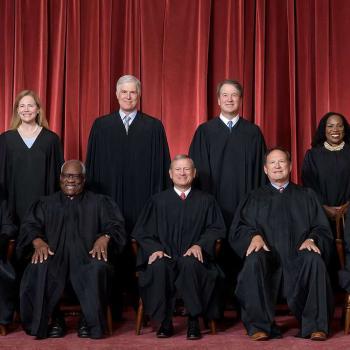Now that marijuana is being legalized, the nascent industry is following the pattern of Big Tobacco in making the product more potent, lobbying, and commercializing the product. So says Yale med school professor Samuel T. Wilkinson.
From Samuel T. Wilkinson, The marijuana industry is following the trail blazed by Big Tobacco – The Washington Post.
In the late 19th century, the landscape of tobacco consumption was very different than it is today. Tobacco use was much less prevalent, and cigarettes accounted for a tiny portion of consumption. Yet by the mid-20th century almost half of U.S. adults smoked, with major consequences for public health. Despite important health policy achievements since, cigarette smoking remains a major contributor to the top causes of death in the United States, including cardiovascular and lung diseases, as well as cancer.
This drastic rise in the prevalence of smoking can be attributed to a number of successful business strategies. Hand-rolling of cigarettes, a technique that limited production potential, was supplanted by machine manufacturing. Changes in the chemical composition and curing process of cigarettes made them more flavorful as well as more addictive. Aggressive marketing techniques sought to build a larger consumer base. Advertisements often featured doctors in an effort to quell public fear over smoking-related health concerns; other campaigns targeted children or adolescents, who represented potential lifetime customers. Finally, the industry created powerful lobbying groups to protect their profits from regulations aimed at curbing consumption.
Alarmingly, marijuana businesses are now mimicking many of Big Tobacco’s successful strategies. New methods of consuming marijuana (such as vaporization) are said to represent a healthier way to get high — though little research supports this claim — encouraging individuals to consume more marijuana in one sitting. The percentage of tetrahydrocannabinol (the euphoria-inducing compound associated with many adverse health effects) in marijuana is much higher than it was a few decades ago. Just as tobacco companies featured doctors in advertisement campaigns, marijuana advocates have appealed to medical authority by successfully lobbying in many places for the approval of “medical marijuana” for a plethora of conditions, even when little or no scientific evidence supports its use. While it is laudable that Colorado has placed restrictions on marijuana advertising, it is also disturbing that the marijuana industry quickly mounted powerful legal efforts to challenge these restrictions in court.
The formula for success in profiting from a legal drug is simple and has been clearly outlined by Big Tobacco: Identify a product with addictive potential, aggressively market it to as large an audience as possible, develop technical innovations to allow for and promote increased consumption, and deny or minimize potential costs to human health. The marijuana industry is poised to copy this formula, with dire consequences.











